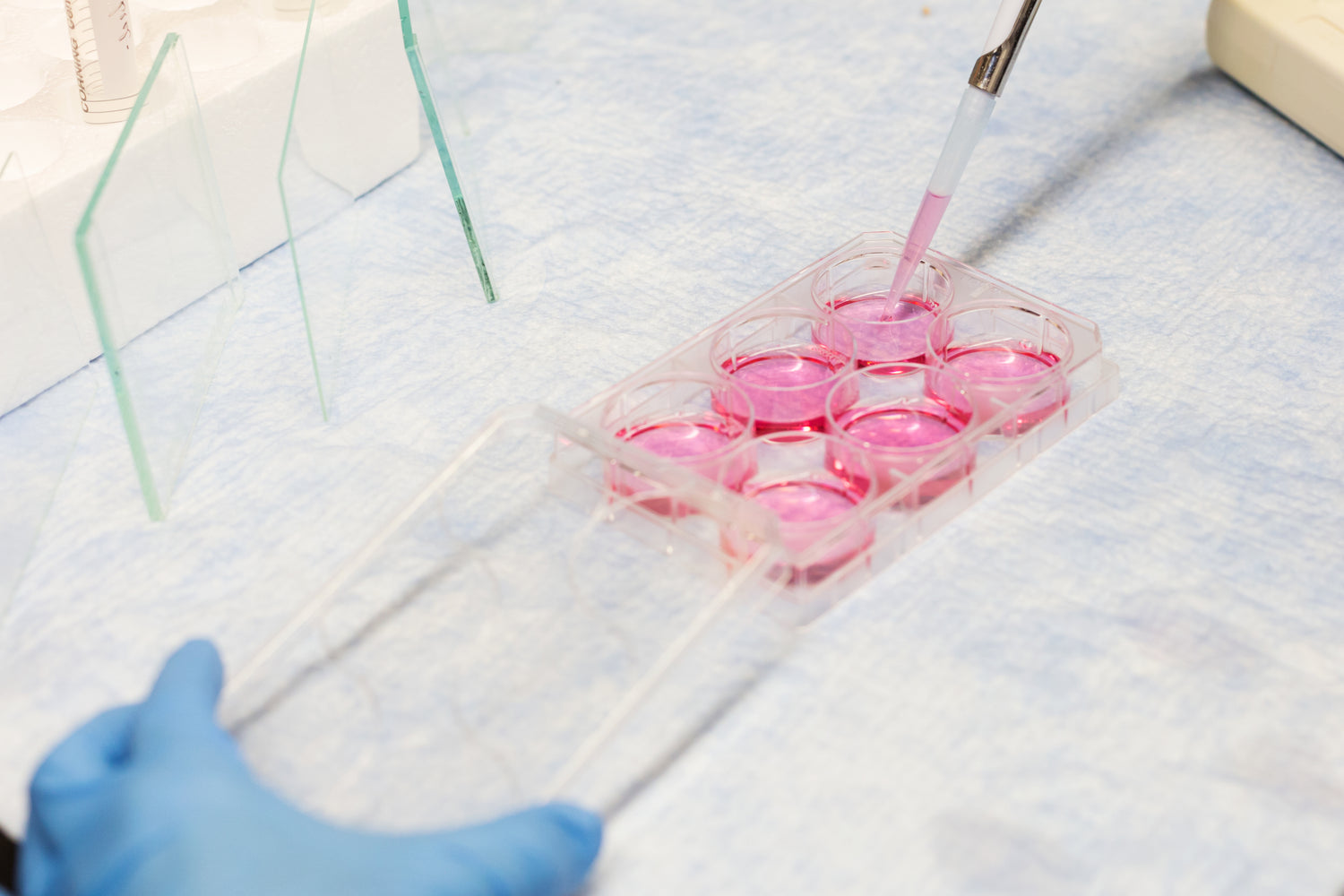In the production and application of inks, the dispersion stability of pigment particles is a key factor affecting ink quality. In ultrasonic inks, anti-settling and dispersion of pigment particles is of particular concern, as it directly impacts the ink's performance, performance, and final product quality.
Settling of pigment particles in ink can lead to numerous adverse consequences. Firstly, settling can reduce ink color uniformity, resulting in color variations and mottling in printed products, seriously impacting product appearance. Secondly, settled pigment particles can clog nozzles and meshes in printing equipment, causing equipment failures, increased production costs, and downtime. Furthermore, settling can reduce the ink's storage stability, shorten its shelf life, and result in financial losses for businesses.
Many factors influence the settling of pigment particles in ultrasonic inks. Firstly, the pigment particle's characteristics, such as particle size, shape, and density. Generally speaking, larger and denser particles settle faster. Irregularly shaped particles settle more slowly than spherical particles because they encounter greater resistance during movement. Secondly, the properties of the ink system also play a significant role, including ink viscosity, surface tension, and the density of the dispersion medium. The higher the ink viscosity, the stronger the binding force on the pigment particles, effectively slowing settling. The smaller the density difference between the dispersion medium and the pigment particles, the smaller the driving force for settling, also helping to reduce settling.
Ultrasonic technology offers unique advantages in addressing pigment particle settling. Ultrasonic waves, with frequencies above 20kHz, produce mechanical vibrations and cavitation effects during propagation. Mechanical vibrations create a strong agitation effect in the ink system, promoting uniform dispersion of pigment particles and preventing aggregation and settling. The cavitation effect, on the other hand, refers to the generation of numerous tiny bubbles when ultrasonic waves propagate through a liquid. These bubbles release enormous energy upon instantaneous collapse, creating a localized high-temperature, high-pressure environment that breaks down the agglomeration between pigment particles, dispersing large particles into smaller ones and thus improving dispersion stability.
In practical applications, optimal anti-settling and dispersion effects can be achieved by properly adjusting ultrasonic parameters such as frequency, power, and treatment time. Different types of pigment particles and ink systems require different ultrasonic parameters. For example, denser pigment particles may require higher ultrasonic power and longer treatment times to effectively prevent settling.
In addition to the ultrasonic technology itself, optimizing the ink formulation also plays a crucial role in preventing pigment particle settling and dispersion. Adding appropriate amounts of additives such as dispersants and thickeners to the ink formulation can improve the compatibility between the pigment particles and the dispersion medium, increase the ink viscosity, and further enhance the dispersion stability of the pigment particles. This, in synergistically with the ultrasonic technology, achieves even better anti-settling effects.
With the continuous development of the printing industry, the demand for ink quality is becoming increasingly stringent. Consequently, the anti-settling and dispersion technology for pigment particles in ultrasonic inks is undergoing continuous innovation and improvement. Future research into the mechanism of ultrasonic action, optimization of process parameters, and the development of new additives and formulations are expected to further enhance the performance of ultrasonic inks, meet the needs of diverse printing applications, and promote the sustainable development of the printing industry.








